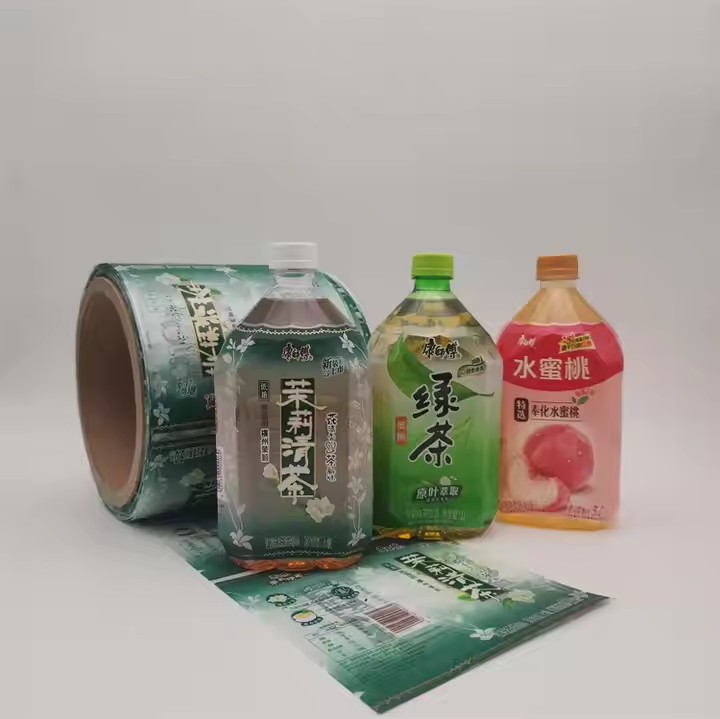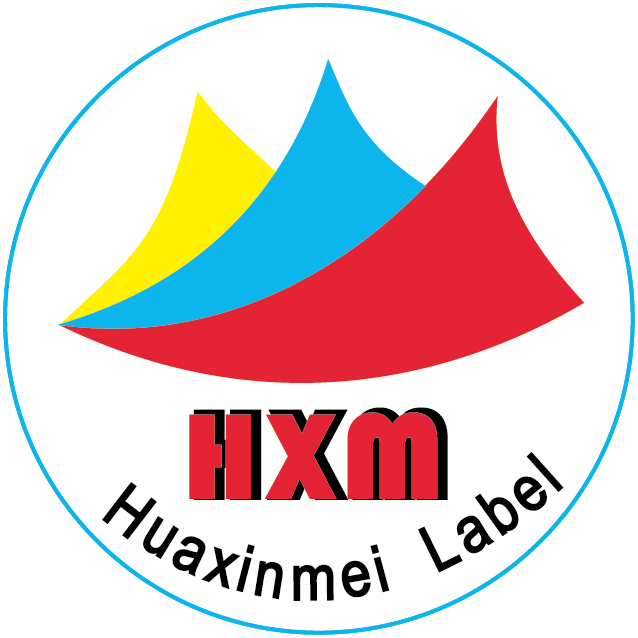Product Innovation and Quality Improvement
Innovative Design: Innovation is the source of activating market competitiveness. If the customized label industry wants to be more competitive in the market, it is necessary to form a team and strengthen the efforts in innovative design. Conduct research on best-selling products in the market, study the underlying logic of these best-sellers, and summarize the experiences, which can be applied on the basis of innovation. Moreover, an incentive mechanism can be set up for the team to provide financial incentives.
Function Expansion: Current label technologies can achieve more and more refined functions. For example, intelligent identification and information tracking can be carried out. For instance, the origin of products can be traced, and information such as the production date and production process can be known. Nowadays, people attach more and more importance to information processing and understanding. Therefore, many functions are attached to a QR code on labels. For example, in the food industry, for noodles, a QR code will be attached to the packaging, through which people can learn more ways to cook noodles and understand the production process of noodles.
Quality Control: For the production of customized labels, quality is of utmost importance. The quality of customized labels should be maintained. For example, attention should be paid to the selection of materials from the very beginning. The selection of label materials is half of the success of good labels. When choosing materials, it is advisable to compare as many suppliers as possible, analyze the material prices and qualities of each supplier, and try to choose materials that are closest to the needs of customized merchants.

Service Optimization
Customized Service: Customized service means producing a batch of products needed by customers, which requires label manufacturers to help produce them. Label manufacturers can provide customers with a complete set of label production processes. For example, if customized customers do not have corresponding design schemes, manufacturers can design label patterns for them, provide a good production cooperation relationship, and enhance the stickiness between manufacturers and customized merchants. Because service is the foundation of all business cooperation, only good service and a good experience for customers can strengthen the production cooperation relationship between the two parties.
Quick Response: Optimize the internal production channels. Sometimes, due to holidays, many label wholesalers need to carry out rapid production because they have to produce products before the holidays. For the internal team, information handover should be streamlined. When receiving information, the handover relationship among various departments can be coordinated as quickly as possible. React and act as quickly as possible and work together to complete the target tasks.
Customer Service: After the orders are completed, customers should be visited regularly to strengthen communication and contact with them, obtain feedback in a timely manner, and adjust and maintain the industry in a timely manner. In the later stage, after-sales service should be provided. Ask customers whether they are still satisfied with the labels and which aspects they think can be improved. This will help enterprises obtain greater room for progress and growth.
Technology Upgrade and Equipment Update
Digital Printing Technology: Adopt advanced digital printing equipment and technologies to achieve the rapid printing of small-batch, multi-variety and personalized labels, reduce production costs, improve production efficiency and flexibility. For example, use digital printing machines for short-run printing to meet the needs of customers for small-batch customization of digital printing products.
Automated Production Equipment: Introduce automated label production equipment, such as automatic labeling machines and automatic die-cutting machines, to improve the automation degree and stability of the production process, reduce manual operation errors, improve production efficiency and product quality.

Technology Research and Development and Cooperation: Strengthen cooperation with universities and scientific research institutions, carry out technology research and development and innovation, continuously introduce new printing technologies, materials and processes, and at the same time pay attention to the new technology development trends in the industry, timely introduce and apply advanced technologies to maintain the leading position of enterprises in terms of technology.
Cost Control and Efficiency Improvement
Supply Chain Optimization: Establish long-term and stable cooperative relationships with high-quality raw material suppliers to ensure the quality and supply stability of raw materials. Meanwhile, reduce the procurement cost of raw materials through centralized procurement, optimized inventory management and other means. For example, negotiate and compare prices with multiple suppliers and choose raw materials with the highest cost performance.
Production Process Optimization: Conduct a comprehensive review and optimization of the production process, eliminate unnecessary links and waste, improve production efficiency and equipment utilization, and reduce production costs. For example, adopt the lean production concept to optimize the production layout and technological process.
Energy Management: Strengthen energy management, adopt energy-saving equipment and technologies, reduce energy consumption in the production process, such as installing energy-saving lamps and optimizing the running time of equipment, to reduce energy costs.
Brand Building and Marketing
Brand Building: Pay attention to the brand building of enterprises, establish a good brand image and reputation, and win the trust and recognition of customers by providing high-quality products and services. For example, participate in industry exhibitions, hold product launch conferences and other activities to display the strength and brand image of enterprises.

Network Marketing: Utilize Internet platforms for marketing and promotion. For example, establish enterprise official websites and social media accounts to display the products and services of enterprises, attract potential customers, and at the same time improve the popularity and exposure rate of enterprises through search engine optimization, online advertising and other means.
Cooperation and Expansion: Actively establish cooperative relationships with upstream and downstream enterprises and enterprises in the same industry to achieve resource sharing and complementary advantages and jointly expand the market. For example, establish strategic cooperative relationships with label raw material suppliers and printing equipment manufacturers to jointly promote products and services.


